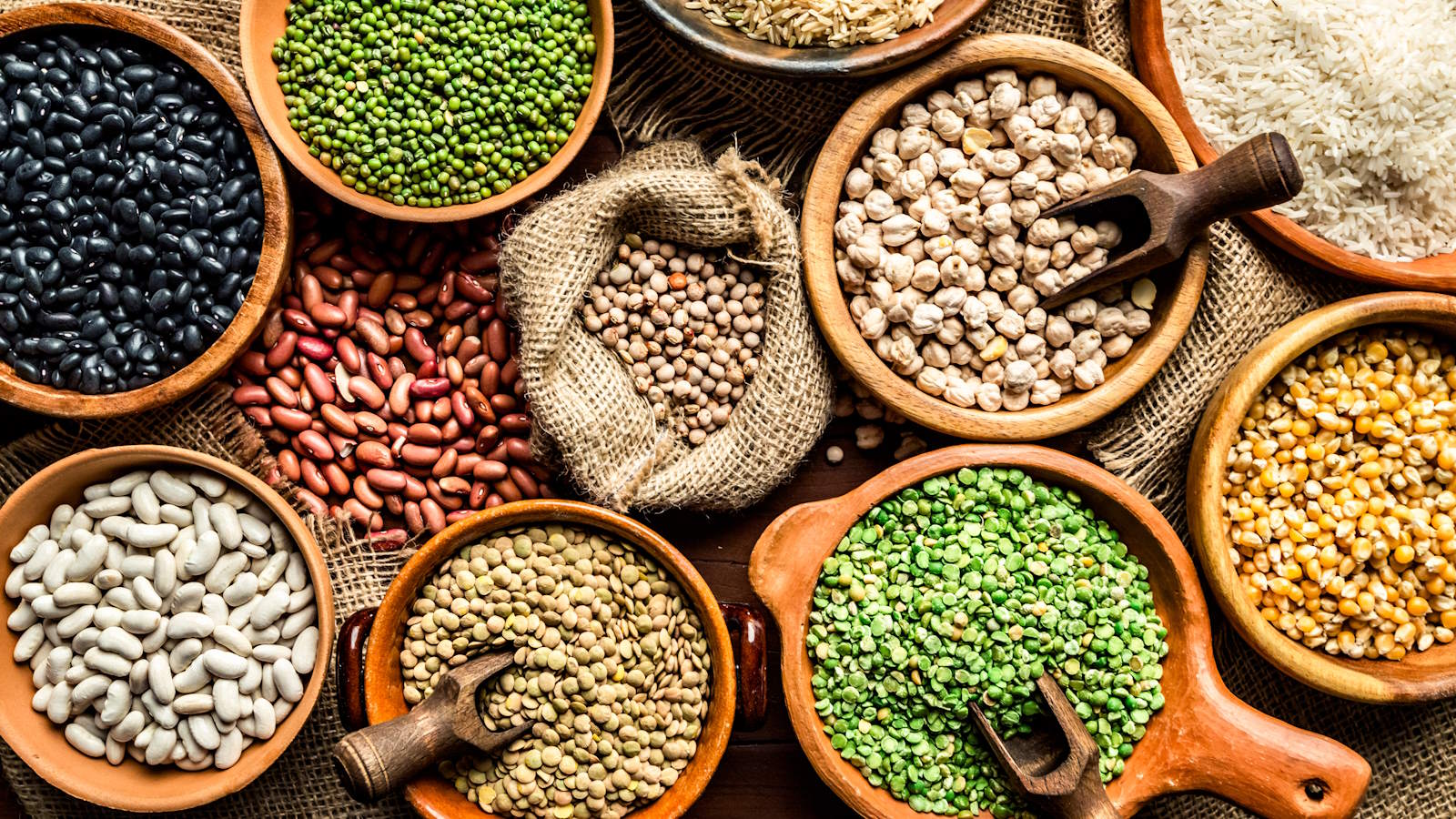
Lentils have been grown as a crop globally for thousands of years, however they are not commonly seen in people’s backyard vegetable gardens. It leaves you wondering why that is, as lentils themselves are a superfood, full of fibre and plant-based protein.
The lentil plant is a cool-season annual in the legume family that loves full sun and grows only 12-30 inches tall. It produces lots of small pods each containing one or two lentils - that come in different colors, including green, red, and black.
Plant the seeds in spring and you can get a relatively fuss-free harvest of lentils in around 100 days from planting. If you are looking for new vegetable garden ideas and want to grow a crop that is both nutritiously beneficial and also fairly simple to cultivate, then maybe lentils are worth considering.
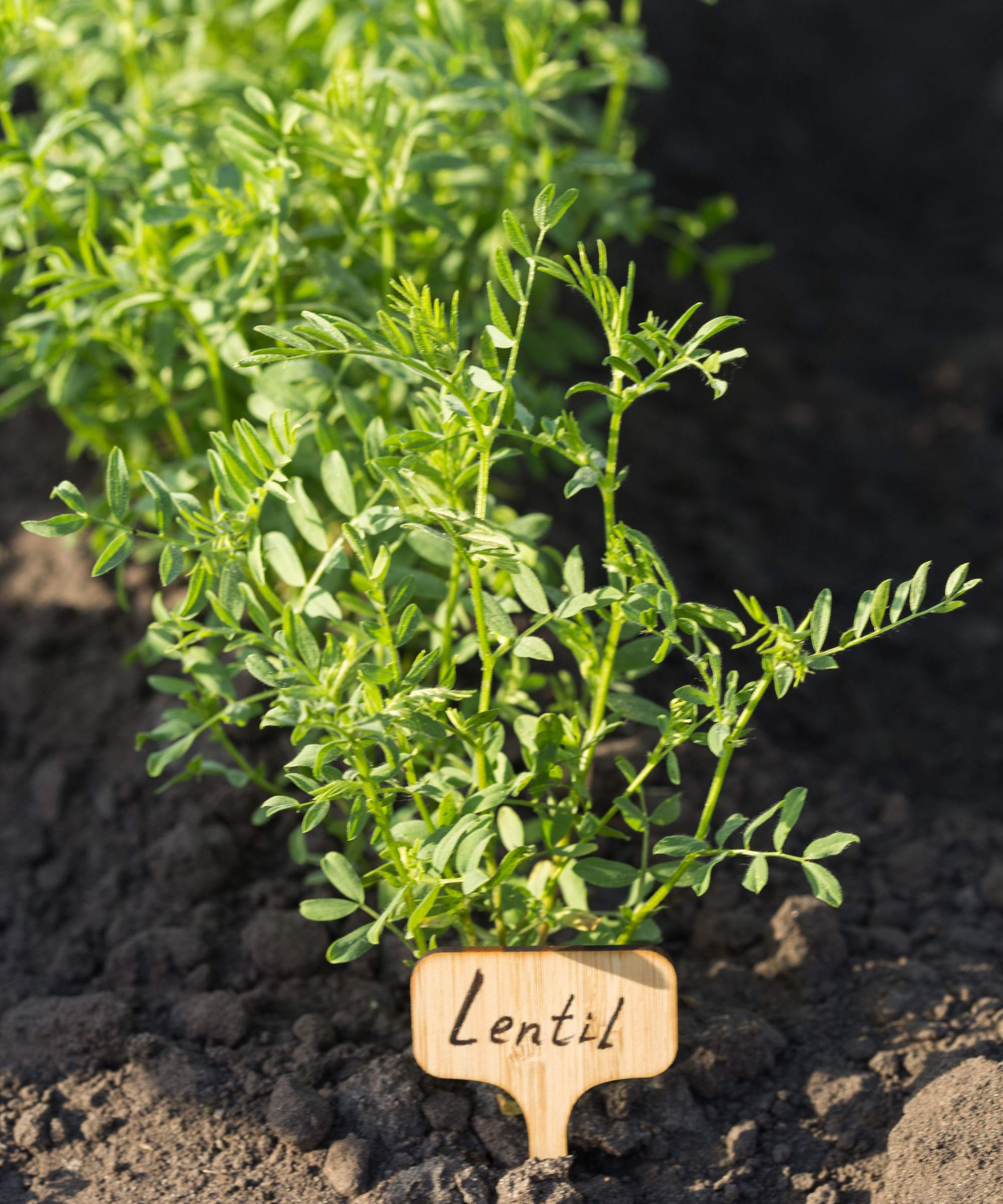
How to grow lentil beans at home
Lentils are grown by planting the seeds directly into the kitchen garden. As well as traditionally being grown in the ground, the crop can also succeed in pots, either as part of a small vegetable garden or to grow as part of a backyard vegetable container garden.
They are relatively easy vegetable plants to grow at home, providing you can give them the right conditions. If you do want to add growing lentils to your backyard ideas this year, we take a deep dive into all you need to know about growing this ancient crop in your backyard.
How to grow lentils from seed
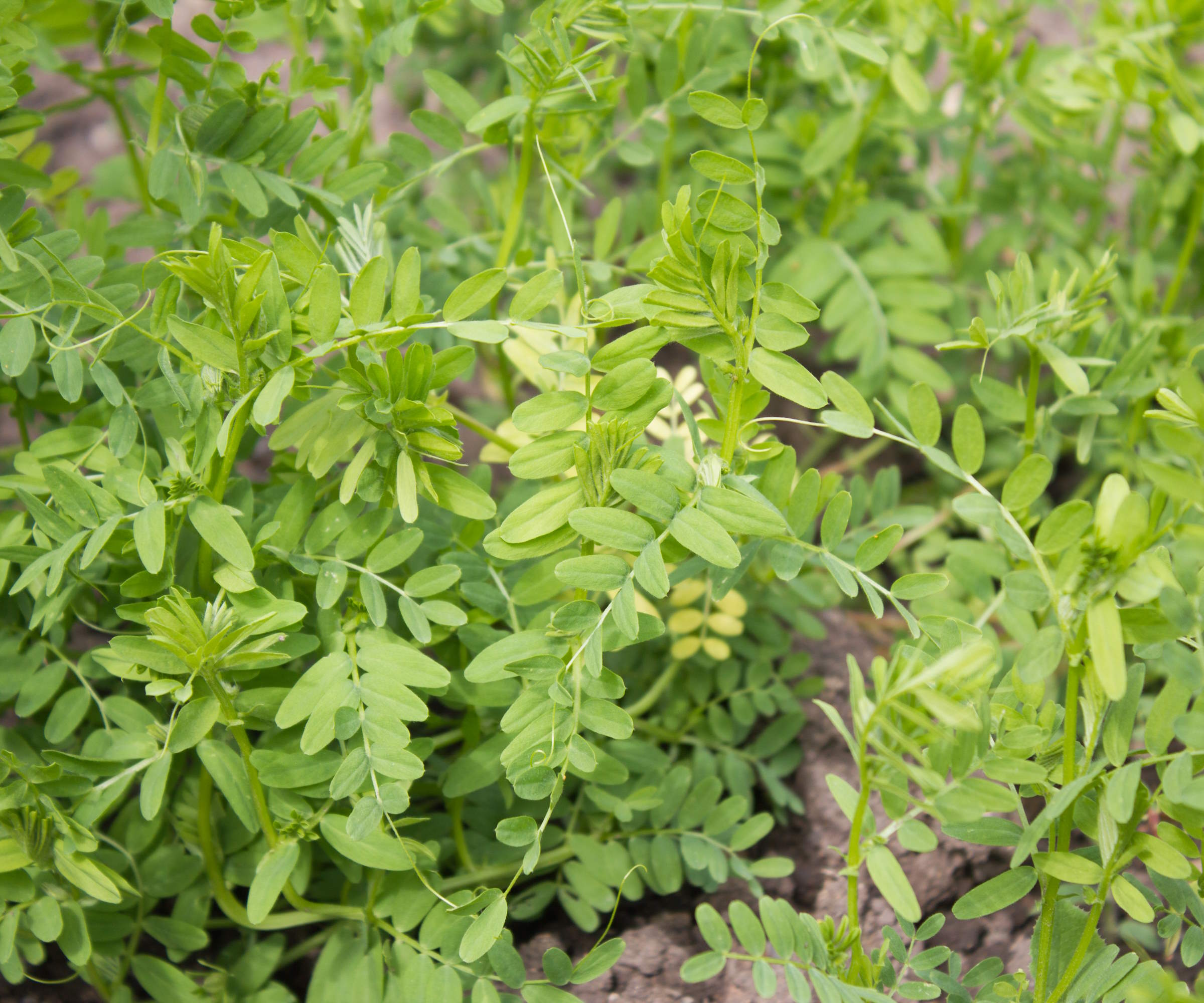
Lentil seeds may not always be commonly seen for sale at garden centers, however seeds can be purchased from reputable retailers online. One example is these green, organic lentil seeds available from True Leaf Market. You can sow whole, dry lentils bought from grocery stores - which will need sorting and rinsing prior to sowing.
As you sow lentil seeds directly into the soil, take time to prepare the planting site. This includes removing weeds and any large stones, before raking the soil level.
Sow the lentil seeds in spring, once the risk of frosts has passed for your climate and the soil temperatures are above 40F. This window for planting will tend to be in April or early May, but will vary depending on your climate. Using cloches or horticultural fleece can help warm the soil earlier, and a soil thermometer, available at Amazon, can help you check when the ground conditions are just right to sow.
Seeds should be sown about 1-2 inches deep and 1-2 inches apart, Sow the seeds into rows 12-18 inches apart and thin the resulting seedlings to five inches spacing.
Getting the timing right for planting lentils is important. Ashleigh Smith from True Leaf Market says: ‘As a cool-season plant, they grow best in the spring and fall seasons. If planted too late, their growth and yields may be impacted by hot summer weather, even though they are drought-tolerant.’
‘When planted in the early spring months, once the soil is above 40F, harvesting may be done as early as August,’ adds Ashleigh. ‘When you harvest really depends on the type of lentils being grown. There are both spring and winter types - that are fall planted.’
Growing lentils through fall and winter is generally restricted to warmer US hardiness zones. A sowing of lentil seeds in late summer or early fall can provide a crop come spring, as the plants are hardy down to 15F.
Where to plant lentils
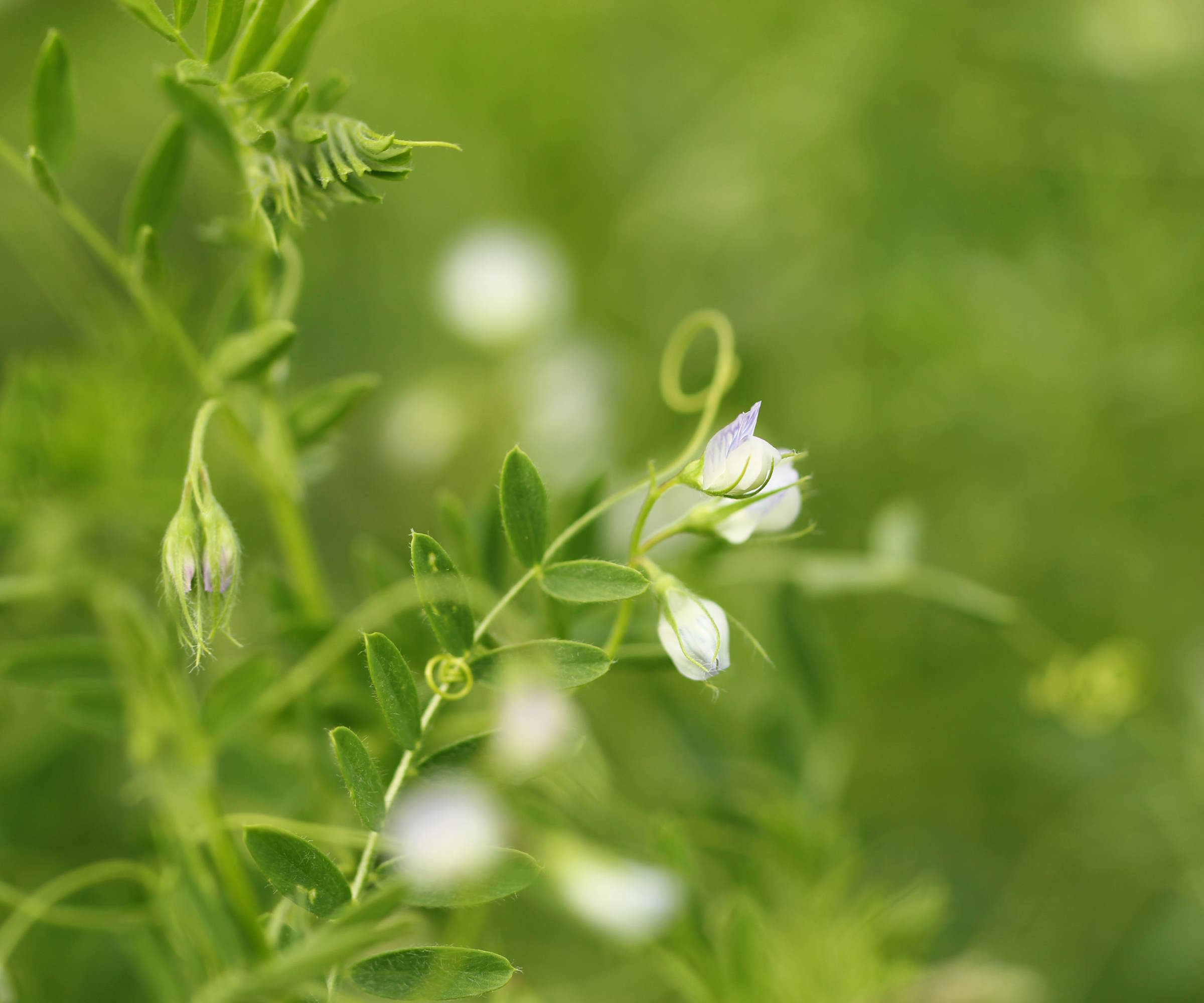
Lentils are sun-loving plants that want to grow in a spot where they can soak up at least eight hours of sun each day. They are definitely not vegetables to grow in shade and you won’t get a good crop unless the plants can get lots of warm sunlight. It is this love of sun that makes them most commonly a crop grown in semi-arid climates.
The plants can grow in many different soil types, but ideally want to be planted in a rich and well-drained soil that has a pH of 6-7. Lentils can grow in poorer soils, though the harvest will be affected, but they will not cope with a waterlogged site. Adding lots of organic matter prior to planting, including the likes of compost, well-rotted manure, or leaf mold, can help to boost the soil’s structure, water-holding capacity, and fertility.
Lentils are in the legume family of plants, along with the likes of other beans and peas. As part of a crop rotation plan, move legumes around the garden and avoid planting them in the same spot over concurrent years. Legumes actively fix nitrogen in the soil thanks to nodules on their roots, and rotating them around the garden can help to boost soil health.
If you are planning to grow lentils in raised beds or containers, then fill the planter with a nutrient-rich free-draining soil. Pots will need to be of a good size to ensure you get a good yield of lentils, or many containers may be required to house a number of lentil plants.
How to care for lentils
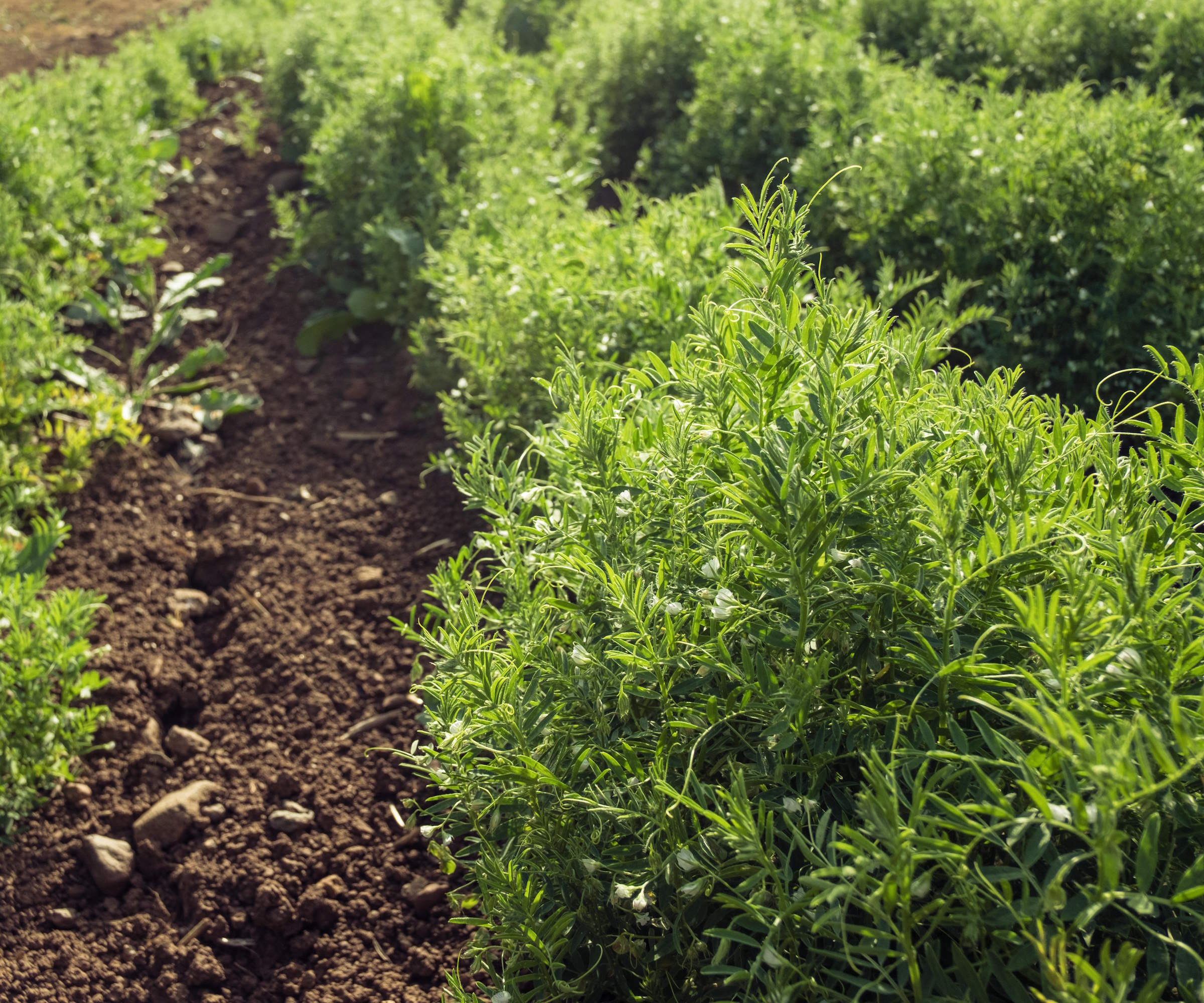
Lentil plants grow to about 12-30 inches tall and do benefit from being supported as they grow. Using a low trellis system is one way you can help to keep plants upright as they grow. They are not overly stable plants and do benefit from support, especially to protect them from wind on open sites.
Keep the plants well watered after planting and then check the crop regularly for when to water plants. Lentils want consistent moisture in the soil, without being waterlogged. It makes keeping the soil moist during the summer very important. Lentils are drought tolerant vegetables, but their growth and yields may be hit by a lack of water. Plants growing in pots will require much more water throughout the season than plants in the ground.
Ashleigh Smith advises ‘lentils should receive about 1-2 inches of water a week between natural rainfall and supplemented irrigation’. It is time to stop watering plants once the pods start to dry and turn brown.
Lentils do not respond well to competition from weeds, so regular and diligent weeding will mean happier plants and bigger yields. So getting rid of weeds will pay dividends. Potentially the most efficient way might be to run a garden hoe around plants regularly, to stop young weeds getting established and stealing vital water and nutrients from your lentil plants.
A 3-in-1 meter that can test the soil moisture level, soil pH value, and sunlight level, to help your plants grow healthier
How to harvest lentils
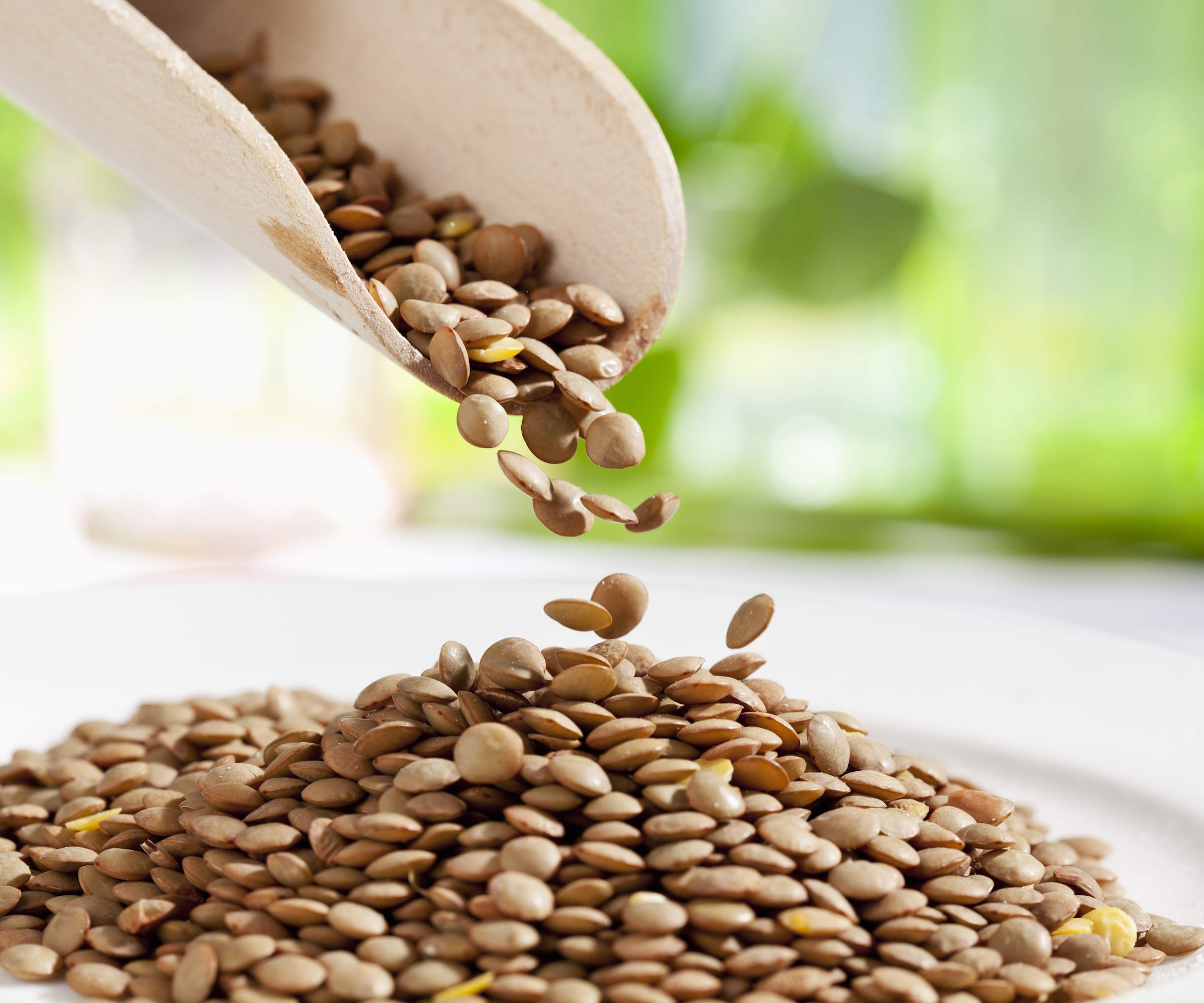
Lentils tend to take between 80 and 100 days to be ready to harvest. The crop can be harvested as a snap bean after around 80 days, or left to crop as dried beans after 100 days or more.
Stopping watering plants once the pods start turning brown brings forward the drying process, helping the lentils get ready for harvest. Ashleigh Smith advises ‘lentil pods mature and dry from the bottom of the plant up’, adding: ‘The plants are typically harvested once the mid to upper layers of pods are matured.’
Once the top half of the pods are matured, and start rattling when shaken, the time has come to harvest the beans. Pull the plant from the ground and then remove the seeds from the pods carefully. Let these beans air dry before storing in an airtight container. The dried lentils will then be able to store for up to a year in a cool and dry place.
FAQs
How many lentils does one plant produce?
Lentil plants are low-growing and will produce lots of pods, but each pod will contain only one or two lentils each.
Can you grow lentils from dried lentils?
You can use dried lentils from grocery stores to grow lentil plants, or dried lentils harvested from your own plants. It is recommended to check the lentils and not plant any that have blemishes or spots. You can only plant whole dried lentils, rather than split lentils.
Are you tempted to consider this alternative crop when planning a kitchen garden for the year ahead? As well as the classic crops, such as growing potatoes or growing tomatoes, there is always room for experimentation and trying something new.







